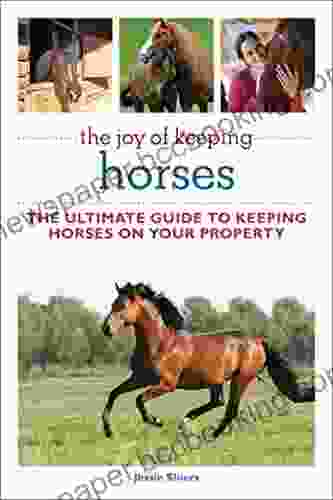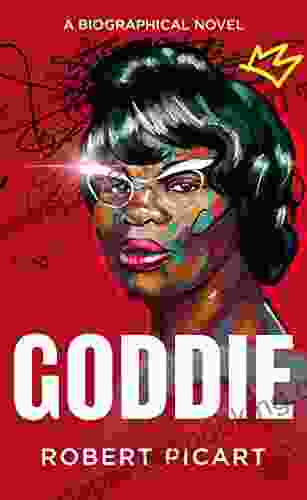The Ultimate Guide to Keeping Horses on Your Property: Discover the Joy of Owning Equine Companions

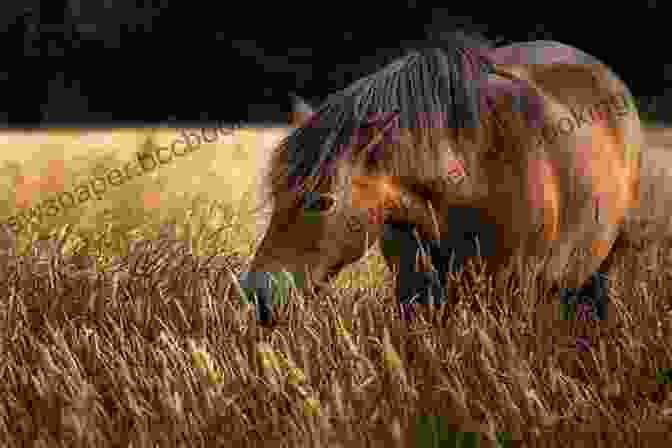
Owning a horse is a dream for many people, and it can be an incredibly rewarding experience. Horses are intelligent, affectionate animals that can provide years of companionship and joy. However, it's important to remember that horse ownership is a big responsibility. Horses require a lot of care and attention, and they can be expensive to keep.
4.6 out of 5
| Language | : | English |
| File size | : | 4669 KB |
| Text-to-Speech | : | Enabled |
| Enhanced typesetting | : | Enabled |
| Word Wise | : | Enabled |
| Print length | : | 257 pages |
| Lending | : | Enabled |
| Screen Reader | : | Supported |
If you're thinking about getting a horse, it's important to do your research and make sure that you're prepared for the commitment. This guide will provide you with everything you need to know about keeping horses on your property, from choosing the right horse to providing proper care and nutrition.
Chapter 1: Choosing the Right Horse
The first step in keeping horses on your property is choosing the right horse. There are many different breeds of horses, each with its own unique characteristics. It's important to choose a horse that is suited to your experience level, your lifestyle, and your property.
If you're a beginner, it's best to choose a horse that is gentle, easy to handle, and has a good temperament. Some good breeds for beginners include the Quarter Horse, the Paint Horse, and the Arabian.
Once you've chosen a breed, you need to decide what size horse you want. Horses come in a variety of sizes, from miniature horses to draft horses. The size of horse you choose will depend on your needs and the size of your property.
It's also important to consider the age of the horse you want. Younger horses are typically more energetic and playful than older horses. Older horses are often more settled and experienced, which can be a good choice for beginners.
Chapter 2: Providing Proper Care and Nutrition
Horses are herbivores, and their diet consists mainly of hay and grass. However, horses also need to eat a variety of other nutrients, including protein, carbohydrates, and fats.
The best way to ensure that your horse is getting all the nutrients it needs is to feed it a balanced diet. A balanced diet should include:
* Hay: Hay is the most important part of a horse's diet. It provides fiber, which is essential for a horse's digestive system. * Grass: Grass is another good source of fiber, as well as protein and carbohydrates. * Grain: Grain is a good source of energy for horses. However, it should be fed in moderation, as too much grain can lead to weight gain and other health problems. * Supplements: Supplements can be used to provide your horse with additional nutrients, such as vitamins, minerals, and amino acids.
It's important to feed your horse at regular intervals throughout the day. This will help to keep its digestive system healthy and prevent it from becoming bored.
In addition to feeding your horse a healthy diet, you also need to provide it with fresh water at all times. Water is essential for a horse's health, and it helps to regulate its body temperature.
Chapter 3: Housing and Fencing
Horses need a safe and comfortable place to live. The best type of housing for horses is a barn or stable. A barn or stable provides shelter from the elements, as well as a place for horses to eat and sleep.
If you don't have a barn or stable, you can keep your horses in a pasture. However, it's important to make sure that the pasture is fenced in securely. Horses are curious animals, and they can easily get into trouble if they're not properly fenced in.
The type of fencing you choose will depend on the size and type of horses you have. There are many different types of fencing available, so it's important to do your research and choose the best one for your needs.
Chapter 4: Grooming and Exercise
Horses need to be groomed regularly to keep their coats healthy and their skin clean. Grooming also helps to promote bonding between you and your horse.
There are a few basic grooming tools that you'll need, including a brush, a comb, and a hoof pick. You should groom your horse at least once a week, and more often if it's dirty or has been sweating heavily.
In addition to grooming, horses also need regular exercise. Exercise helps to keep horses healthy and fit, and it also helps to prevent boredom.
There are many different ways to exercise your horse, including riding, driving, and lunging. The best type of exercise for your horse will depend on its age, health, and fitness level.
Chapter 5: Health Care
Horses are prone to a variety of health problems, so it's important to have a veterinarian check your horse regularly. A veterinarian can help to diagnose and treat health problems, as well as provide vaccinations and other preventive care.
The best way to prevent health problems in horses is to keep them up-to-date on their vaccinations and to provide them with a healthy diet and plenty of exercise.
Owning a horse can be a rewarding experience, but it's also a big responsibility. Horses require a lot of care and attention, and they can be expensive to keep. If you're thinking about getting a horse, it's important to do your research and make sure that you're prepared for the commitment.
This guide has provided you with everything you need to know about keeping horses on your property, from choosing the right horse to providing proper care and nutrition. By following the tips in this guide, you can help to ensure that your horse has a long, healthy, and happy life.
4.6 out of 5
| Language | : | English |
| File size | : | 4669 KB |
| Text-to-Speech | : | Enabled |
| Enhanced typesetting | : | Enabled |
| Word Wise | : | Enabled |
| Print length | : | 257 pages |
| Lending | : | Enabled |
| Screen Reader | : | Supported |
Do you want to contribute by writing guest posts on this blog?
Please contact us and send us a resume of previous articles that you have written.
 Book
Book Novel
Novel Page
Page Chapter
Chapter Text
Text Story
Story Genre
Genre Reader
Reader Library
Library Paperback
Paperback E-book
E-book Magazine
Magazine Newspaper
Newspaper Paragraph
Paragraph Sentence
Sentence Bookmark
Bookmark Shelf
Shelf Glossary
Glossary Bibliography
Bibliography Foreword
Foreword Preface
Preface Synopsis
Synopsis Annotation
Annotation Footnote
Footnote Manuscript
Manuscript Scroll
Scroll Codex
Codex Tome
Tome Bestseller
Bestseller Classics
Classics Library card
Library card Narrative
Narrative Biography
Biography Autobiography
Autobiography Memoir
Memoir Reference
Reference Encyclopedia
Encyclopedia Louis Berney
Louis Berney Karl Taro Greenfeld
Karl Taro Greenfeld Judith Krummeck
Judith Krummeck Yaron Brook
Yaron Brook Marla Frazee
Marla Frazee Judith Jones
Judith Jones Soma Das
Soma Das Michael Schluter
Michael Schluter Judith Schiess Avila
Judith Schiess Avila Larry R Williams
Larry R Williams Scott Galloway
Scott Galloway Kacem Zoughari
Kacem Zoughari K F Breene
K F Breene Julie Naismith
Julie Naismith William Shatner
William Shatner Kai Bird
Kai Bird Roland L Mcintosh
Roland L Mcintosh Julia Turshen
Julia Turshen Kate Mcmullan
Kate Mcmullan Julie Cangialosi
Julie Cangialosi
Light bulbAdvertise smarter! Our strategic ad space ensures maximum exposure. Reserve your spot today!
 John Dos PassosFollow ·8.9k
John Dos PassosFollow ·8.9k Liam WardFollow ·19.5k
Liam WardFollow ·19.5k Marc FosterFollow ·9.6k
Marc FosterFollow ·9.6k Roland HayesFollow ·4.6k
Roland HayesFollow ·4.6k Federico García LorcaFollow ·14.7k
Federico García LorcaFollow ·14.7k Ian McEwanFollow ·5.4k
Ian McEwanFollow ·5.4k Pete BlairFollow ·16.7k
Pete BlairFollow ·16.7k Ivan CoxFollow ·11.1k
Ivan CoxFollow ·11.1k

 Drew Bell
Drew BellLife and Death in West Africa: A Groundbreaking Account...
A Journey Through...
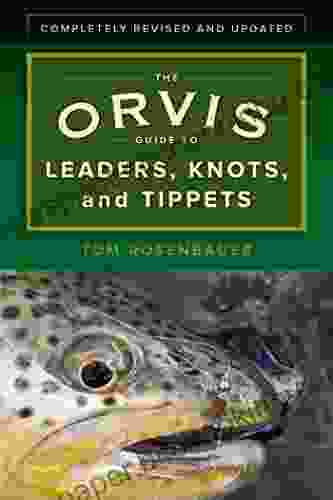
 Stanley Bell
Stanley BellMaster the Art of Fly Fishing Line Management: A...
Are you an avid fly...

 Ernest Powell
Ernest PowellUnleash Your Entrepreneurial Spirit: A Comprehensive...
In the competitive...

 Derrick Hughes
Derrick HughesMaster Your Ride: The Ultimate Guide to Road Bike...
Are you ready to elevate your cycling...

 Camden Mitchell
Camden MitchellUnveiling the Enchanting World of American Royals III:...
Embark on a Captivating Royal Saga: American...
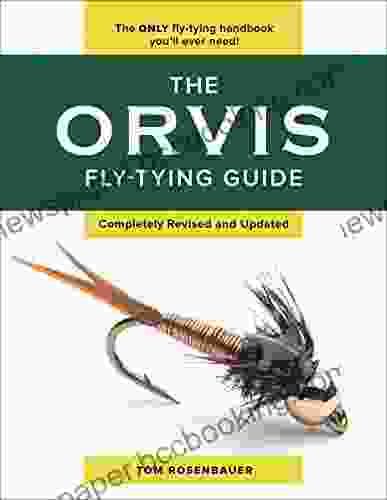
 Richard Simmons
Richard SimmonsUnveiling the Secrets of Fly Tying: A Comprehensive...
In the realm of...
4.6 out of 5
| Language | : | English |
| File size | : | 4669 KB |
| Text-to-Speech | : | Enabled |
| Enhanced typesetting | : | Enabled |
| Word Wise | : | Enabled |
| Print length | : | 257 pages |
| Lending | : | Enabled |
| Screen Reader | : | Supported |


